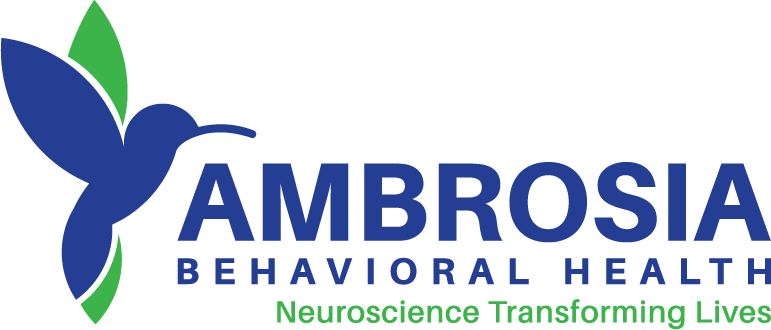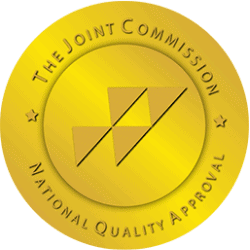Polysubstance abuse can be devastating. Research indicates it is a factor in our nation’s soaring overdose rate. It can harm people of all ages and genders. And the problem may be getting worse. However, in order to prevent further destruction, we must first understand the challenge. In other words, we need to answer the question, “What is polysubstance abuse?”
What is Polysubstance Abuse?
If a person abuses two drugs at the same time, this behavior is known as polysubstance abuse.
Polysubstance abuse can include using one drug shortly after using another. For example, a person may abuse a stimulant because they think it will offset the sedating effects of an opioid or another depressant. It may also involve abusing two substances at the same time. Some people do this in a misguided attempt to increase the effects of each drug.
No matter why a person engages in polysubstance abuse, the behavior is misguided and extremely dangerous. The possible effects of polysubstance abuse include addiction, organ damage, overdose, and death.
Common Polysubstance Combinations
Anyone who abuses two or more drugs at the same time is engaging in polysubstance abuse. While it’s impossible to list every possible polysubstance combination, certain combinations are more common than others.
Alcohol & Cocaine
Alcohol is one of the most commonly abused substances in the world. According to the National Institute on Alcohol and Alcoholism (NIAAA), more than 25% of U.S. adults engaged in binge drinking in the past month.
Some people who abuse alcohol also use cocaine. They may think alcohol eases the “crash” as the effects of cocaine wear off. They may believe that cocaine counteracts the depressive effects of alcohol. No matter why a person abuses these two drugs, it is highly dangerous to do so.
Opioids & Benzos
Opioids and benzodiazepines (benzos) are some of the most frequently prescribed medications in the United States. Vicodin, OxyContin, and Percocet all contain opioids. Valium, Xanax, and Ativan are just a few of the many medications containing benzos.
The powerful effects of opioids and benzos make them popular substances for recreational use and abuse. Since they are prescribed so often, they can be easier to acquire than certain other drugs.
The National Institute on Drug Abuse (NIDA) has reported that opioid overdose causes about 200 deaths each day in the United States. NIDA data also indicates that benzo abuse is involved in about 16% of opioid overdose deaths.
Cocaine & Heroin
Heroin is a highly addictive opioid. Cocaine is a powerful stimulant. Both substances are extremely dangerous. When abused at the same time, the effect can be catastrophic.
The U.S. Centers for Disease Control and Prevention (CDC) has reported that in the first half of 2019, more than 30% of overdose deaths involved opioids, including heroin and stimulants including cocaine. This data included information from 24 states plus the District of Columbia.
Signs & Symptoms of Polysubstance Abuse
To better understand what polysubstance abuse is, we must know what it looks like. Therefore, the following are a few possible signs and symptoms of polysubstance abuse:
- Breathing problems
- Becoming overheated
- Extreme confusion
- Dangerously rapid or slow heart rate
- Dramatic mood swings
- Significant changes in energy level
- Withdrawing from family and friends
- Lying or being secretive about their activities
- Frequent unexplained absences from work or school
The signs and symptoms of polysubstance abuse can vary from person to person. What’s more, the signs listed above may also indicate that a person has developed a physical illness or mental health disorder.
If you have noticed significant changes in someone’s mood, behavior, and appearance, this could signal they are in crisis. A qualified healthcare provider can perform a medical assessment and determine if the problem is polysubstance abuse or something else.
Dangers of Polysubstance Abuse
Abusing any drug can lead to a wide range of negative outcomes. However, when a person abuses two or more substances, the potential for lasting harm increases dramatically.
Here are a few of the many dangers of polysubstance abuse:
- Damage to the heart, liver, kidneys, brain, and other organs
- Other physical health problems due to impaired behavior or poor self-care
- Increased risk for certain mental health disorders
- Being arrested or fined
- Losing their job and being unable to find another one
- Severe financial problems
- Becoming isolated from family and friends
- Overdose and death
It is almost impossible to list all the dangers of polysubstance abuse. Above all, what’s most important to know is that anyone who abuses multiple drugs may be in grave danger. However, when a person receives proper treatment for polysubstance abuse, they limit their risk for continued harm.
Detoxing From Polysubstance Abuse
Polysubstance abuse can raise a person’s risk for addiction. When a person becomes addicted to alcohol, opioids, or other drugs, they may experience severe withdrawal symptoms if they try to end their drug use. As a result, this person may remain trapped in an addiction spiral.
In conclusion, detox from polysubstance abuse may be the answer. A detox program is a safe place where people can get through withdrawal under the care of experienced medical professionals. After detox, a person will be better able to participate in therapy and other addiction treatments.
Get Polysubstance Abuse Treatment in South Florida
Polysubstance abuse is a complex challenge. Neuroscience Institute is a premier source of comprehensive polysubstance abuse treatment in South Florida. If you or someone you care about has been abusing multiple drugs, our team can help. Contact us today to learn more.




